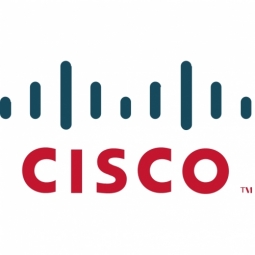Overview
 |
Cisco Connected Real Estate for HealthcareCisco |

|
Functional Applications - Remote Monitoring & Control Systems Infrastructure as a Service (IaaS) Sensors - Airflow Sensors Sensors - Biometric Sensor Sensors - Humidity Sensors Sensors - Temperature Sensors Sensors - Utility Meters | |
Healthcare & Hospitals | |
Facility Management | |
Building Automation & Control Remote Patient Monitoring | |
Operational Impact
| [Efficiency Improvement - Labor] The convergence of these systems over a single information network allows healthcare organizations to introduce innovative workplace processes that improve the productivity of caregivers. | |
| [Cost Reduction - Total Cost Of Ownership] Creates new caregiver and patient experiences that also protect hospital assetss, reduce the total cost of ownership, Increase shareholder value. | |
| [Efficiency Improvement - Energy] Addresses hospital sustainabilizy and optimizes resorse usage. | |
Quantitative Benefit
Right now, 60 percent of staff time is spent taking care of environmental requests. When patients can use an automated self-service information utility to control the temperature and lighting in their own rooms, staff can spend more time for true clinical work and improve patient response and care. | |
The Health Care Interpreter Network (HCIN) of Northern California is a system of shared remote interpreter services operated by Northern California public hospitals. Running on a Cisco Medical-Grade Network, this integrated solution of voice, video, and data communication offers hospital staff instant access to trained interpreters. The network currently routes approximately 3500 videoconference and phone calls per month, with an average response time of 22 seconds. | |
Hospital staff must track a wide variety of devices that are constantly being moved. By one estimate, hospitals cannot find 15 to 20 percent of the devices they own. Of the eight hours needed to perform preventive maintenance on an intravenous (IV) pump, seven hours are typically spent locating the pump. An average 400-bed healthcare facility can save from $400,000 to $500,000 annually by reducing short-term equipment leases, loss prevention, fewer purchases, and labor savings. | |


